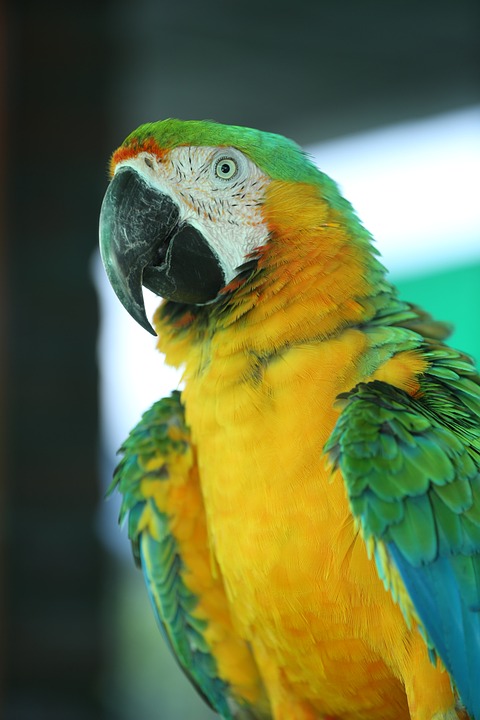Training a parrot can be a challenging but rewarding experience. Parrots are intelligent creatures with complex behaviors, so it’s important to know how to recognize signs of progress and improvement in their training. This article will guide you through the various indicators that show your parrot is making progress and becoming a well-trained companion.
One of the most effective ways to gauge your parrot’s progress in training is through observing its body language. Pay attention to signals such as a relaxed posture, willingness to engage, head bobbing or nodding, and raised crest feathers. A parrot that is comfortable and at ease will have a relaxed body posture, with smooth feathers and bright eyes. As your parrot becomes more comfortable with the training process, it will show increased interest and engagement in the training sessions. Head bobbing or nodding indicates that your parrot is paying attention and processing information. Raised crest feathers often indicate excitement or anticipation, which is a sign of progress in training.
Parrots are known for their ability to mimic sounds and communicate through vocalizations. Changes in their vocalization patterns can provide valuable insights into their progress. Look for a reduction in screaming and excessive noise, as this indicates that your parrot is learning appropriate vocalization levels. Learning new words or phrases is also a clear sign of progress in their training.
Parrots, like any other pet, need to obey commands and cues. Their response to your instructions can help assess their progress. A well-trained parrot will consistently respond to basic commands such as “step up,” “step down,” or “stay.” As your parrot becomes more proficient in training, you will notice a quicker response time to commands without hesitation.
Training not only shapes a parrot’s behavior but also improves their social skills. Observe indicators such as a decrease in aggression, such as biting or lunging, which demonstrates progress in their training. A well-trained parrot will seek interaction and bonding opportunities with its human companions, showing trust and affection.
Here are some frequently asked questions about parrot training:
– How long does it take to see progress in parrot training? The time it takes to see progress in parrot training varies based on the individual bird, their previous experiences, and the consistency of training. Some parrots may show progress within a few weeks, while others may take months.
– What if my parrot doesn’t seem to be making any progress? If your parrot appears to be struggling with training or not making progress, it’s important to reassess your training methods and seek guidance from an experienced avian behavior consultant. They can help identify any underlying issues and provide tailored training strategies.
– Can training sessions be too long for a parrot? Yes, training sessions should be kept short, typically around 10-15 minutes, as parrots have limited attention spans. Frequent, shorter sessions throughout the day are more effective than long, exhausting sessions.
– Are treats necessary for parrot training? Treats can be highly effective in motivating and rewarding parrots during training. However, it’s important to use them in moderation and provide a balanced diet to ensure your parrot’s overall health.
Remember, training a parrot requires patience, consistency, and positive reinforcement. By recognizing these signs of progress and improvement, you can continue to build a strong bond with your feathered friend and enjoy the rewards of a well-trained companion.









